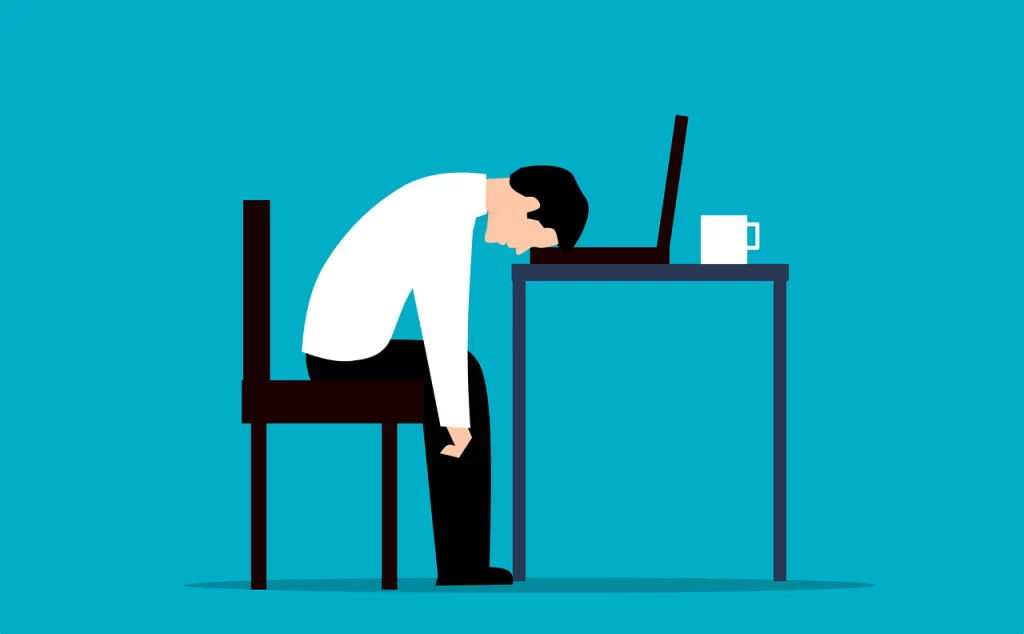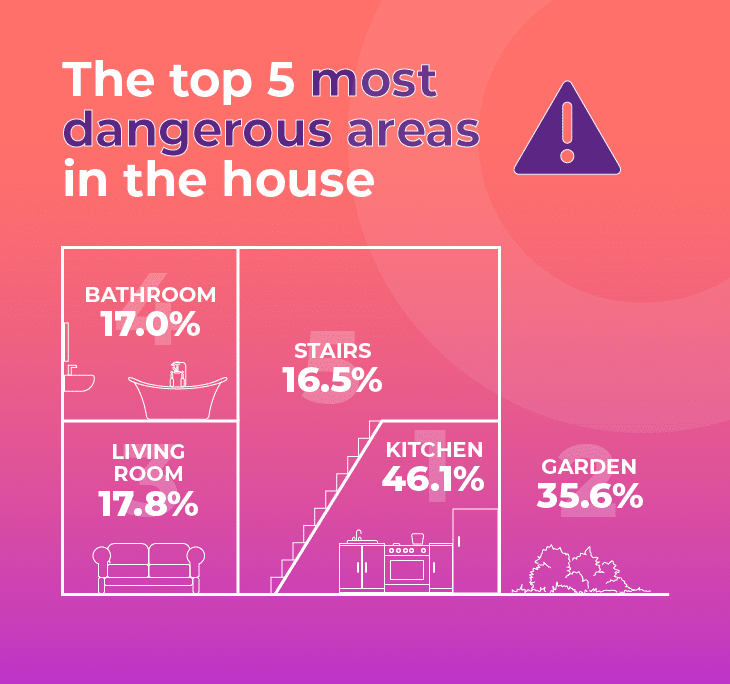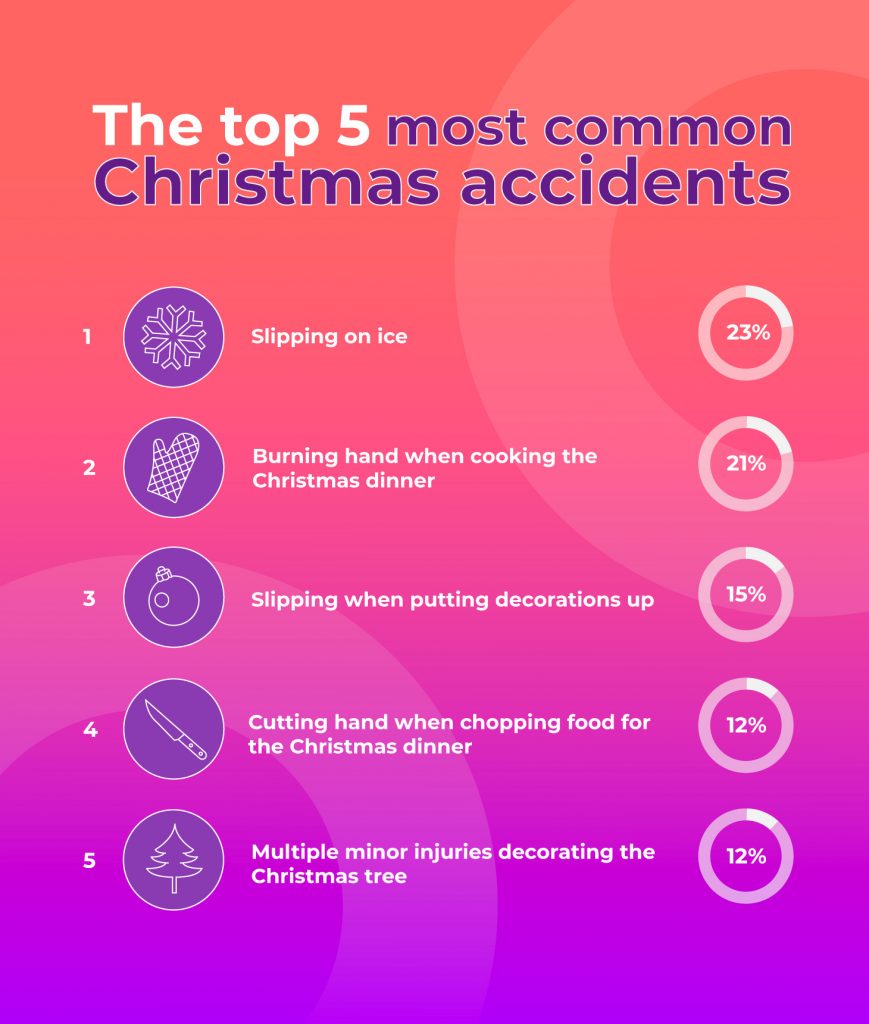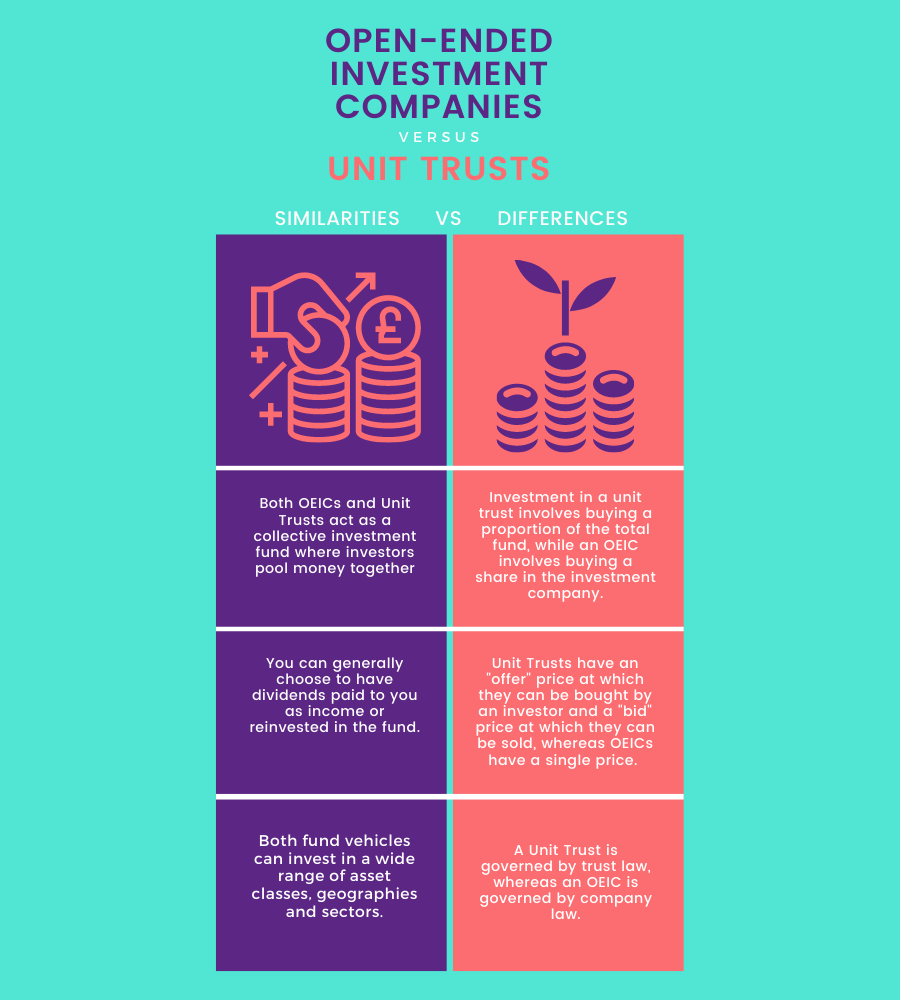If you’ve suffered an injury from a rear end collision, no doubt it will be a distressing time for you and your family. You may be unsure about what to do next, or you might have questions about whether you can make a claim for your injuries. If you’re involved in a road traffic accident, it’s important to understand your legal rights, so that you can seek justice and recover the compensation you deserve.
Claiming compensation after a road traffic accident can help ensure you and your family are financially secure if you need to take time off work and can allow you to take the time you need to properly recover from your accident. Compensation can also help cover any losses you’ve experienced and can enable you to seek extra medical or rehabilitative treatment to further aid your recovery.
What is a rear-end collision?
A rear-end collision is a road traffic accident where a vehicle crashes into the back of another vehicle. Rear-end crashes might occur when the vehicle in front stops unexpectedly or when the driver or rider behind isn’t paying full attention to the road in front.
What typically causes rear-end collisions?
There are various factors that could contribute to a rear end crash. In some cases, there may be multiple factors at play. Here are some of the common reasons for rear-end collisions:
Tailgating. Tailgating, where the driver or rider is travelling too close to the vehicle in front can lead to a rear end collision.
According to Rule 126 of The Highway Code, drivers and riders should “leave enough space between you and the vehicle in front so that you can pull up safely if it suddenly slows down or stops.”
Distraction/Inattention. Distraction might lead to a rear end collision, where the driver or rider isn’t paying enough attention to what is happening on the road.
Distractions might include loud music, passengers, eating and drinking, or adjusting a radio. Rule 144 of The Highway Code states that you must not drive without due care and attention and Rule 148 outlines some of the distractions you should avoid when driving or riding.
In addition, it is a criminal offence to hold and use a phone, sat nav, tablet or any device that sends or receives data while driving or riding a motorcycle. There are a small number of exceptions to this rule, for example, if you need to call the emergency services and you cannot safely stop.
Speeding. Speed can be a contributing factor in rear end collisions. If the vehicle behind is speeding, it can make it harder for them to stop in time. Where the vehicle behind is travelling at speed at the time of the impact, this can result in more serious collisions, often causing injuries to those in both vehicles.
While speed limits vary according to the road, The Highway Code makes it clear that you should ensure you adjust your speed according to conditions and what is going on around you (Rule 125). You should also ensure you keep a safe stopping distance.
Poor or hazardous conditions. Poor weather may play a role in rear end collisions. Fog, for example, can reduce visibility and wet, icy, and snowy conditions can make it harder for you to control your vehicle.
If driving in adverse conditions, it’s important to understand the effects this can have on your journey and adapt accordingly. The Highway Code (Rules 226 to 237) outlines the rules surrounding travelling in adverse weather conditions, including guidance on increased stopping distances.
Am I eligible to make a rear-end collision claim?
By law, all road users have a duty of care to others, and they should also understand and apply the rules laid out in The Highway Code. If you’ve suffered an injury from a rear end collision due to the negligence of another road user, you could be entitled to make a claim.
In rear-end collisions, it is often the vehicle behind that is liable for the crash, although every accident has its own unique set of circumstances and liability can be split between the parties. Even if you think you could be partly responsible for the accident, you may still be eligible to claim. In cases of split liability, your compensation will be adjusted accordingly.
We would always advise that you seek legal advice as soon as possible after a rear end collision. Our experts can quickly tell you if you have a valid claim and can provide an estimate of how much compensation you could receive. To speak to our friendly UK-based team, contact us online or call us on 0800 182 2187.
Typical injuries
Injuries from rear end collisions will vary depending on the circumstances and the severity of the impact. Below are some of the injuries most commonly associated with rear-end collisions:
Whiplash – Whiplash is a common rear end collision injury, due to the sudden movement caused by the impact. The NHS describe whiplash as a neck injury caused by sudden movement to the head. It is characterised by neck pain, stiffness in the neck, headaches, and pain and spasms in the shoulders and arms.
Concussion – Concussion is a temporary loss of mental function caused by a blow or an injury to the head. Symptoms of concussion can include a brief loss of consciousness, memory loss, visual disturbances, and confusion.
Spinal injuries – Spinal injuries are among the most traumatic injuries someone can experience. A spinal cord injury (SCI) can result in a loss of sensation and movement, as well as a loss of control of some bodily functions.
Evidence to support your claim
If your rear end collision injuries were a result of someone else’s negligence, your solicitor will help prove this. They will do this by gathering evidence, which might include:
- CCTV of the accident happening or dashcam footage
- Witness testimonials
- Evidence of your injury, including medical records
- Police reports
- Photos of the accident scene
- Any costs associated with medical treatment and travel
You can help build your case by providing as much evidence as possible to your solicitor, as the more evidence you can supply, the stronger your case will be. If possible, take photos of the scene, gather witness details, and keep records of your injuries, as well as any treatment (including costs) you receive.
Steps to Take After an Accident
You should take the following steps after a rear end collision:
- After a rear-end crash, your initial steps should be to ensure the safety of you and others and to seek medical help where necessary.
- Where an injury is involved, you should also report the accident to the police. If urgent medical assistance isn’t required, you can report the accident using 101. Otherwise, the emergency services should be contacted. The police report may form part of your claim for compensation.
- Swap contact details with the other party or parties if there are injuries or damage. It is a legal requirement to do this. You’ll also need to swap insurance details with the driver of the other vehicle.
- As discussed earlier, gather evidence if you’re able to and if it’s safe to do so, including witness details, photographs of the scene, and dashcam footage if available.
- Seek legal advice. It’s important that you seek legal advice as soon as possible after your rear end collision.
Seeking legal advice
Seeking legal advice after a road traffic accident is important to ensure your rights are protected and to give you the best possible chance of a successful claim. We work with a network of some of the very best personal injury solicitors in the UK who have extensive experience in rear end collisions. We’ll put you in touch with a legal team who has the expertise and knowledge to help you recover the compensation you deserve.
While it might feel overwhelming right now, we make it as easy as possible to start your personal injury claim. Simply get in touch on 0800 182 2192 or contact us online and our friendly team of experts will guide you through the compensation process.
It’s worth noting that if you have a minor injury and your claim is valued under £5000, you may be able to make a personal injury claim without legal representation, using the Official Injury Claim (OIC) portal.
Claiming for a rear-end collision with The Compensation Experts
In this article, we’ve looked at rear end collisions, including some of the common causes of these types of accidents and typical rear end collision injuries. We’ve also examined eligibility criteria for making a claim, explored the evidence that is needed, and shared what steps should be taken after a collision. For help navigating a rear-end collision claim, get in touch today. You can contact us by filling in our contact form, or by calling us on 0800 182 2188.







